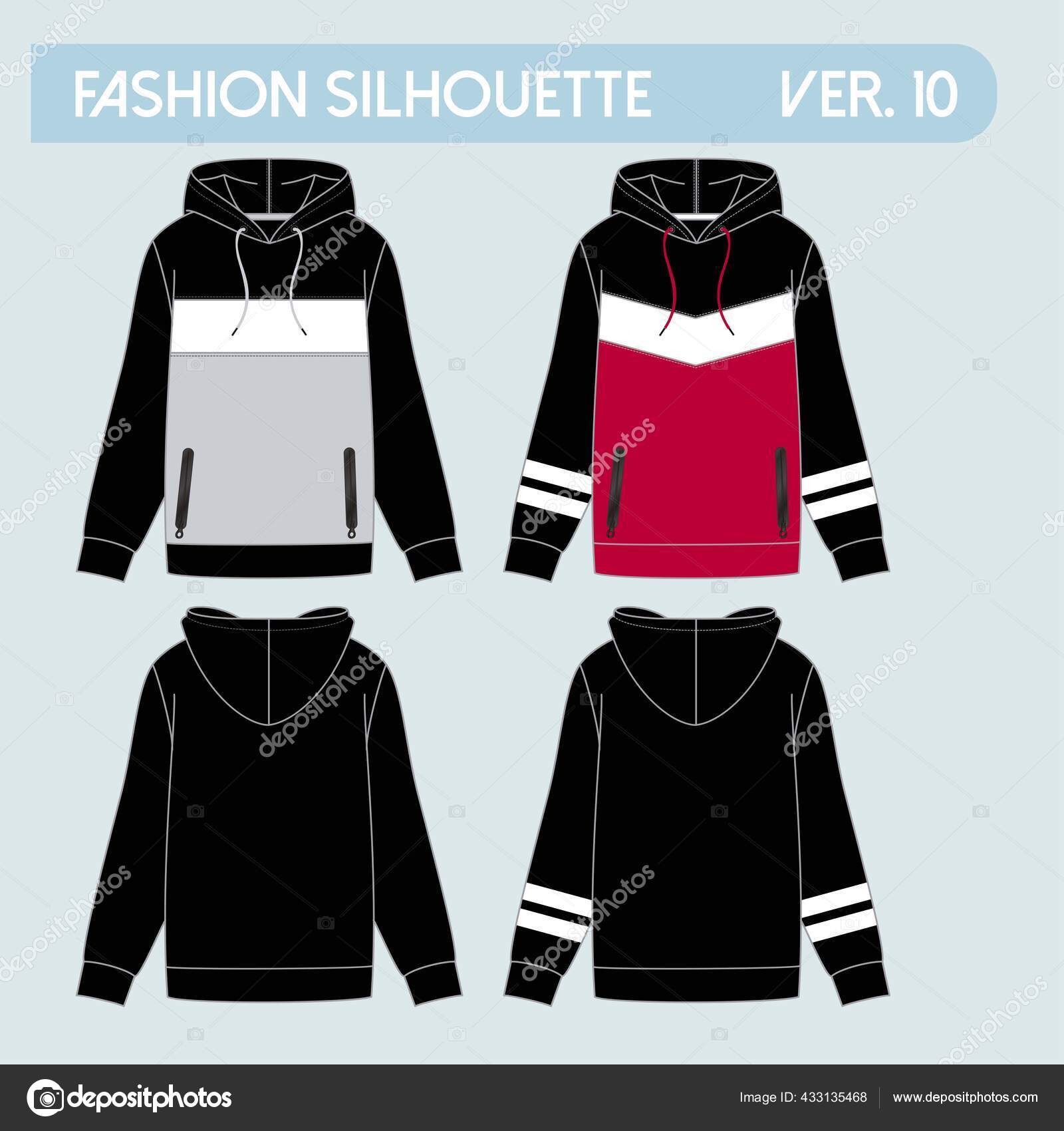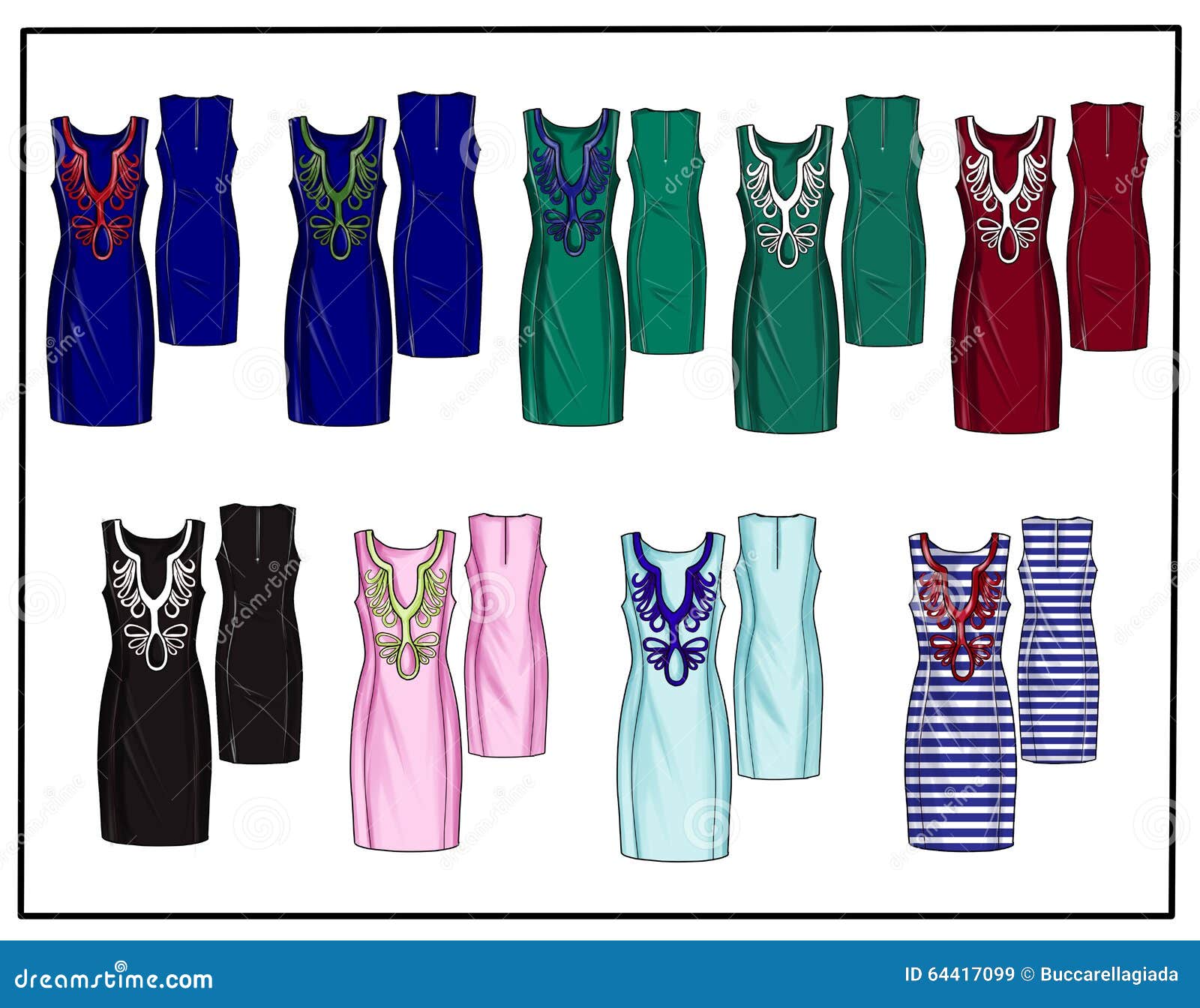
Before you can create your tech pack, you have to create something called a flat sketch, which is also known as a technical drawing or informally as a flat. Essentially, this is the point of the process when you want to have the perfect sketch of your design. However, the key to a successful flat is to not include any shading or color. You want the sketch to be a simple drawing of the product you’re making.
Fashion Sketches Free
The best way to think about a flat is a silhouette of your garment if it was laying flat. Only use solid lines at any places where a seam will appear or stitches. This is because a pattern maker will then go in and use this sketch as a basis to create the pattern.
To draw Illustrator flat sketches, simply open a fashion flat drawing template in Adobe Illustrator and sketch your flat drawing over the body, or sketch an embroidery design that is true to scale from the start. (more flat drawing templates coming! Follow us on FB or Twitter for updates). Find Skirt Fashion Technical Drawings Flat Sketches stock images in HD and millions of other royalty-free stock photos, illustrations and vectors in the Shutterstock collection. Thousands of new, high-quality pictures added every day.
Fashion Sketches Templates
This is a quick (you can hand sketch or use Adobe Illustrator), but extremely important part of the process. Sketches are the cheapest way to communicate your design. Plus, the more work you do before making your first sample, the higher the chances are that the first sample will be the product you’re looking to create.

Create Multiple Sketches


To give more context around this step in the process, we’re included an example from designer Nicole Melendez:
“For our brand, Habito, and for all of our clients, we sketch up various options of the same design and then decide which one embodies exactly what we envision. For example, we can sketch various versions of our signature jumpsuit by playing around with necklines, proportions, and different features like pocket styles, style lines or trims without losing vision of the end use of our signature jumpsuit.
After editing down the design that works the best, you move on to develop a technical version of the sketch. We make sure we give the style a proto number, unique to this style as well as decide on the best construction finishes to be able to develop this style.
We make note of all this before we hand this to a pattern maker so they can draft the first pattern based off of their interpretation of your design, whether by flat pattern, draping or a combination of both. The more specific you can be about your vision, the more the pattern maker can help you come the closest to your vision by making the necessary pieces required to make this garment and manage expectations.”
Spec Sheet
Once you nail down your sketch, it’s important to include a spec sheet for the pattern maker. This a sheet that includes a chart with the measurements for the garment that includes body length, sweep circumference, across shoulder, sleeve length, and others. Knowing sample size body measurements as well as the stretch, thickness, and drape of your garment is important.
Here are some articles to consider when putting this together:
Why Is It Different From A Tech Pack
While spec sheets and flat sketches sound very similar to a tech pack, there is a key difference here. However, there are also connected in the process. A spec sheet and flat sketch are made almost exclusively for the pattern maker and include the key pieces of information above. However, it doesn’t go as specifically into the garment as a tech pack. A tech pack is essentially the assembly manual for your garment. It includes fabric, wash and care instructions, and specific details on how the garment will come together.

You can read these articles to go more in depth about tech packs:
